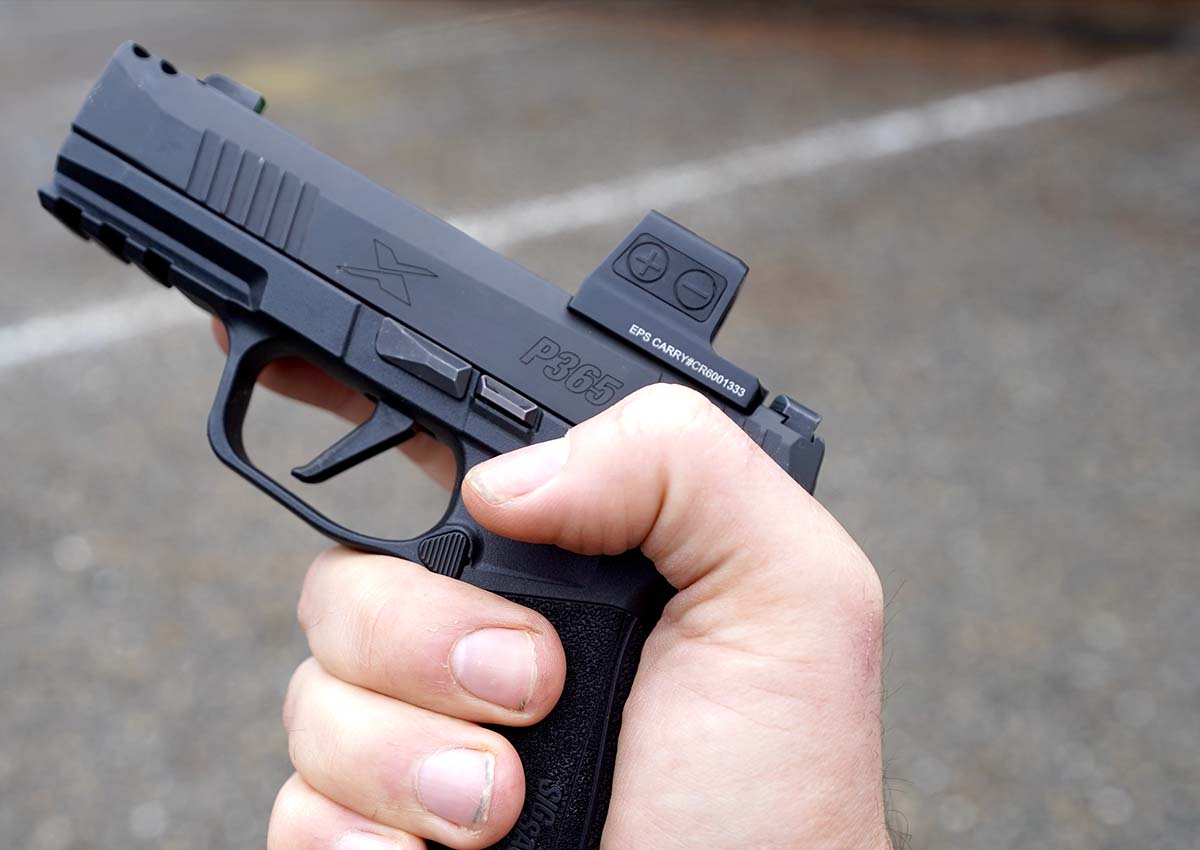The integration of reflex sights into simulation-based training systems has become a pivotal element in modern military and law enforcement training programs. This technology, which aids in quick target acquisition and improved firing accuracy, is being increasingly adopted in simulated environments to enhance the realism and effectiveness of training exercises. Here we will discuss about the role of reflex sights within these systems, discussing their benefits, how they’re implemented, and the impact they have on training outcomes.
Introduction to Reflex Sights
Reflex sights, also known as red dot sights, are optical devices that allow the user to see a reticle (a red dot or similar marker) superimposed on the target, facilitating a quicker and more accurate aim. Unlike traditional iron sights, where the shooter must align multiple sights on the weapon with the target, reflex sights require the shooter to simply align the red dot with the target, regardless of the eye’s position relative to the sight. This simplicity and efficiency make reflex sights an invaluable tool in real combat situations.
Implementation in Simulation-Based Training
Simulation-based training systems use virtual or augmented reality to create realistic scenarios where trainees can practice without the risks and costs associated with live-fire exercises. The inclusion of reflex sights, such as the Holosun EPS, in these simulations is achieved through sophisticated software algorithms that replicate the sight’s behavior in the virtual world. When a trainee aims their simulated weapon, the system displays a virtual reflex sight reticle that behaves as it would in the real world, including adjustments for range, windage, and elevation.
Benefits of Reflex Sights in Simulated Training
The adoption of reflex sights in simulation-based training offers several benefits, enhancing both the quality and efficiency of the training process:
- Improved Reaction Times: Reflex sights enable quicker target acquisition, reducing the time it takes for a trainee to aim and fire accurately. This speed is crucial in high-pressure situations where quick reactions can determine the outcome.
- Enhanced Accuracy: By simplifying the aiming process, reflex sights help improve shooting accuracy. Trainees can focus on the target rather than the alignment of iron sights, leading to better shot placement.
- Increased Confidence: Familiarity with reflex sights in a simulated environment builds confidence. Trainees who are comfortable using these sights are likely to perform better when using them in real-life scenarios.
- Adaptability to Various Scenarios: Simulation-based training can incorporate a wide range of environments and scenarios. Reflex sights can be programmed to mimic their performance under different conditions, giving trainees a broad and versatile training experience.
- Safety and Cost-Effectiveness: Using reflex sights in simulations eliminates the risks associated with live ammunition and reduces the costs of training. Trainees can engage in extensive practice without the logistical and financial burdens of traditional live-fire exercises.
Challenges and Considerations
While the integration of reflex sights into simulation-based training systems offers numerous advantages, there are also challenges to consider:
- Technological Limitations: Simulating the precise behavior of reflex sights, including their response to environmental factors, requires advanced technology and software. Ensuring the simulation’s accuracy is critical for effective training.
- Training Balance: It’s essential to balance simulated training with live-fire exercises. While simulations offer a safe and controlled environment, experiencing the physical recoil and noise of actual firearms is crucial for comprehensive training.
- Cost of Implementation: Developing and maintaining high-fidelity simulation systems with integrated reflex sights can be expensive. Organizations must weigh the benefits against the costs to determine the value of these systems in their training programs.
Impact on Training Outcomes
The inclusion of reflex sights in simulation-based training has a profound impact on training outcomes. Trainees emerge from these programs with a higher level of preparedness, displaying quicker reaction times, greater accuracy, and increased confidence in their abilities. These improvements are particularly valuable in modern combat and law enforcement scenarios, where the ability to quickly and accurately engage targets can significantly affect mission outcomes.
Moreover, the adaptability of simulation-based training systems allows for continuous updates and enhancements, including the integration of new types of reflex sights and other advanced aiming devices. This flexibility ensures that training programs can evolve in tandem with technological advancements and changing tactical requirements.
Conclusion
The role of reflex sights in simulation-based training systems represents a significant advancement in military and law enforcement training methodologies. By providing a realistic and effective means of practicing aiming and firing, reflex sights enhance the overall quality of training. Although challenges exist, the benefits of incorporating this technology into simulated training environments are clear. As technology continues to advance, the integration of reflex sights and other optical devices in training simulations will likely become even more prevalent, further enhancing the effectiveness of these crucial training programs.

